$99.97 Original price was: $99.97.$69.98Current price is: $69.98.
SKU: D2LSC 710096010 Categories: FRUIT TREES & PLANTS, Nut Trees
- Quality that lasts, prices that don't.
- Experience the difference quality makes.
- Satisfaction Guaranteed
- 100% High Quality Guarantee

Black Walnut Tree
Juglans nigra
Plant Details
USDA Plant Hardiness Zones: 4a-9b Find Your Zone
Shrub Type: Deciduous Tree
Height at Maturity: 50 to 70′, taller under perfect conditions
Width at Maturity: 50 to 70′, taller under perfect conditions
Spacing: 80+ feet for space between trees
Growth Habit / Form: Broad Rounded
Growth Rate: Moderate
Flower Color: Yellowish Green, non-showy
Flower Size:
Flowering Period: Spring to Early Summer
Flower Type: Single
Fragrant Flowers: na
Foliage Color: Medium Green | Golden Yellow
Fragrant Foliage: No
Fruit: Yes, edible
Sun Needs: Full to Mostly Sun
Water Needs: Average
Soil Type: Clay, Loam, Sandy(amended), Silty
Soil Moisture / Drainage: Moist But Well-Drained to Dry when established
Soil pH: 5.0 – 8.0 (Acid to Alkaline)
Maintenance / Care: Low
Attracts: Mammals, Wildlife
Resistances: Deer, Disease, Drought, Heat, Insect, Rabbit
Description
If you need shade fast and love nuts, the Black Walnut tree might just be what you’re looking for. This beautiful and large growing native tree adds up to 4 feet in height and width per year until it tops out at somewhere around 50 to 70 feet tall and wide, making it the perfect choice for a quick shade tree! It’s large and very attractive fans of fernlike foliage provide light and airy shade, turning a bright yellow in fall that contrasts nicely with the tree’s rugged, dark bark. When planted in the open, the tree will branch out closer to the ground, developing a spreading shape that makes it easier to harvest its sweet and nutritious nuts that come in late summer into fall. The hard shells provided a perfect package for storing the nuts over winter. If you don’t like walnuts feed them to the squirrels!
To harvest the walnuts, collect them as soon as possible to avoid mold and remove the husks. The husks will stain your hands so we suggest wearing gloves. If the nut is too hard, wait a few days and it will brown and soften up. To remove the husk, you can simply step on them gently with an old pair of boots or hard-soled shoes. Hose down the nuts in a large bucket to remove any remaining husk. Dry the walnuts for a couple of weeks on a screen or drying rack or in a hanging mesh bag. You can store them unshelled up to a year. Crack the shell with a hammer to get to the nut meat. Strike at a 90-degree angle to the seam until the nut cracks. Allow the freshly removed nutmeat to dry for a day before storing.
The Black Walnut’s roots, which can extend up to 50 feet or more from the trunk, exude a natural herbicide known as juglone. This means very few if any weeds will grow under the tree. thereby leaving more of the soil nutrients to the tree itself. Before planting any shrubs or trees around a Black Walnut make sure that they are listed as juglone or black walnut resistant.
Landscape & Garden Uses
Growing 50 to 70 feet tall and equally as wide, the Black Walnut is ideal for use as a shade tree and beauty in large landscapes. Because the tree drop a lot of nuts in late summer into fall, we suggest planting black walnut at least 35 feet away from a home.
Suggested Spacing: 80 feet for space between trees
Growing Preferences
The Black Walnut tree is very easy to grow in most any moist but well-drained soil and full sun to part shade. Prefers moist, organically rich, well-drained soils and is intolerant of shade. Very drought tolerant when established.
Note: Find helpful advice from our experts under the Planting & Care tab above on desktop screens and below on mobile phones.
Plant Long & Prosper!
Meet The Wilson Brothers & Staff
Questions? Contact Us
Be the first to review “Black Walnut Tree (Juglans Nigra) – 3 Gallon Pot” Cancel reply
Related products
Sale!
FRUIT TREES & PLANTS
Sale!
FRUIT TREES & PLANTS
Sale!
FRUIT TREES & PLANTS
Sale!
FRUIT TREES & PLANTS
Sale!
FRUIT TREES & PLANTS
Sale!
FRUIT TREES & PLANTS
Sale!
Berry Plants
Sale!
Fig Trees

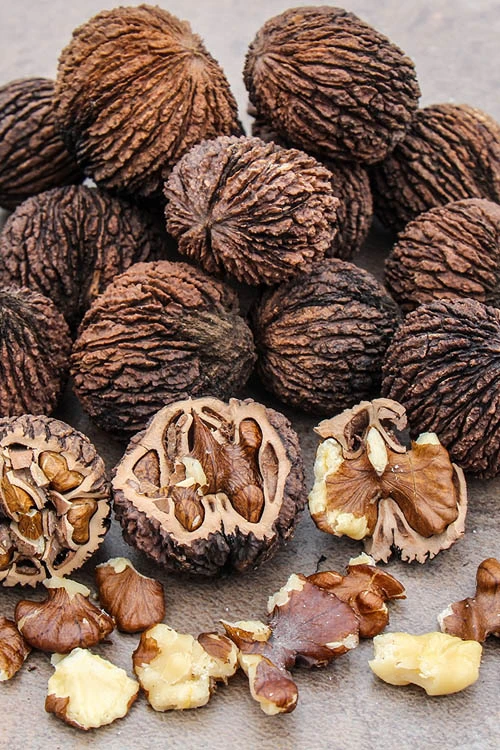

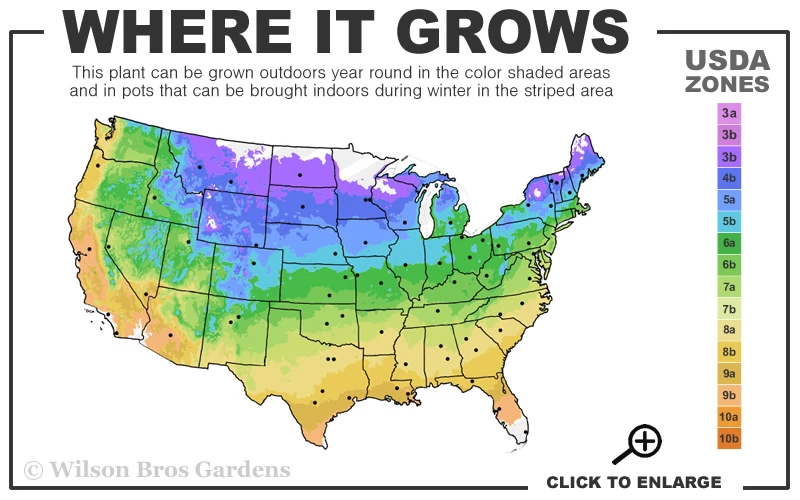
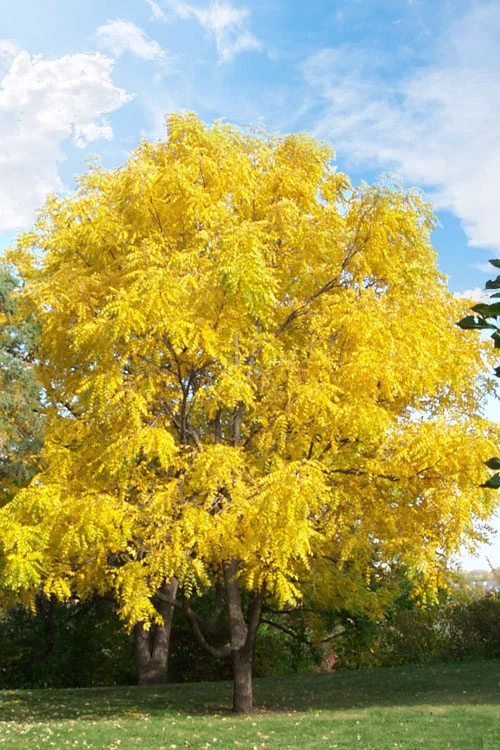

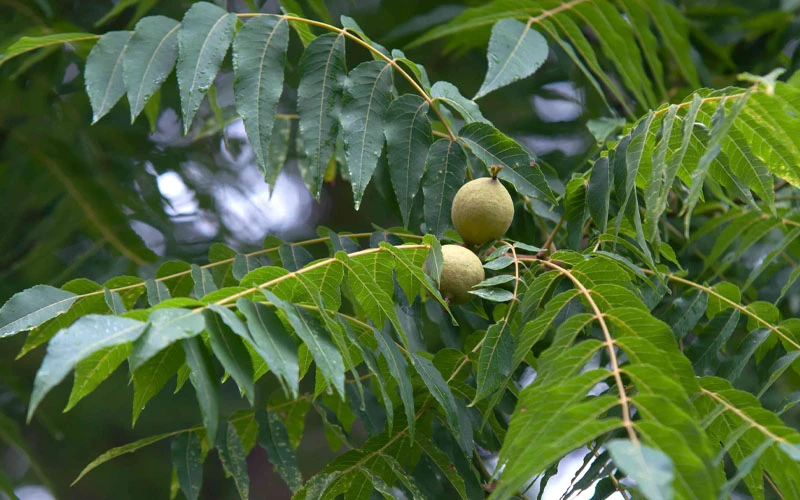




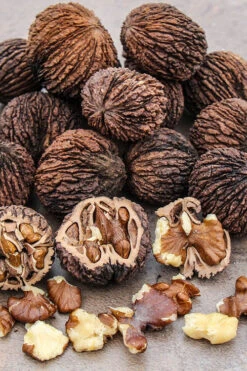
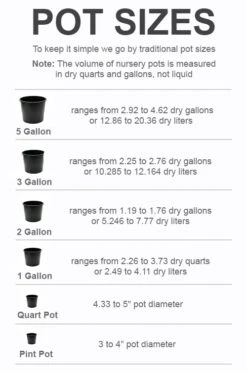

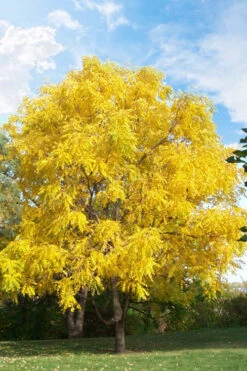

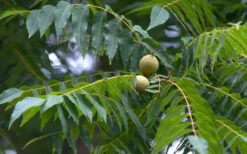
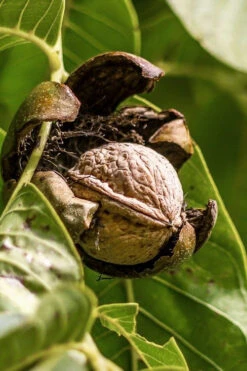

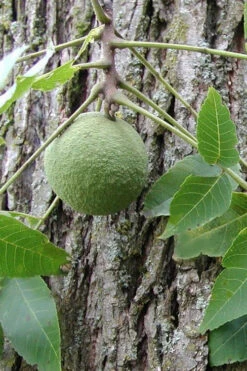

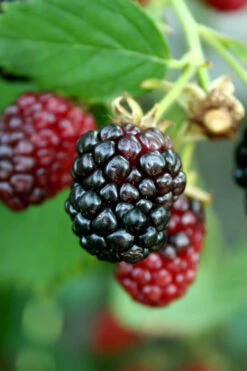
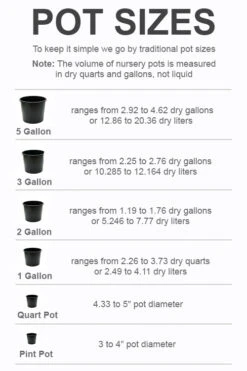
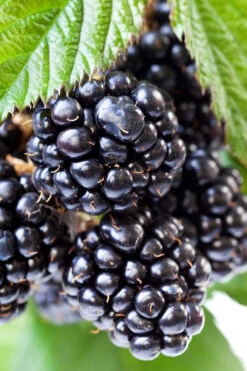
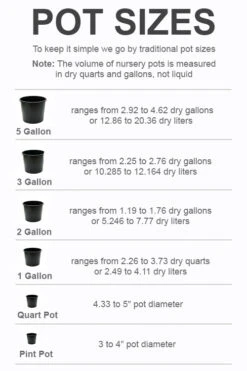
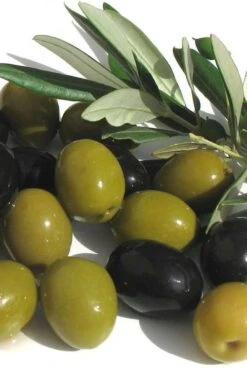
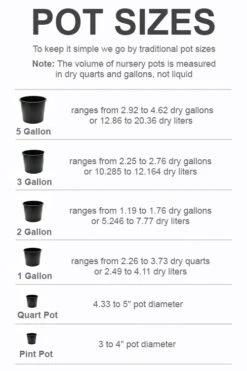

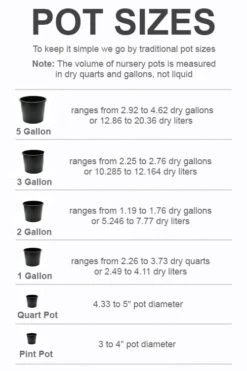
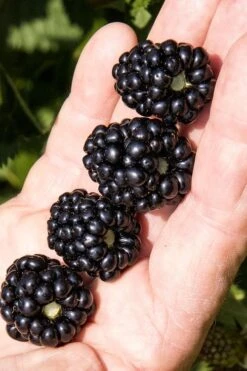
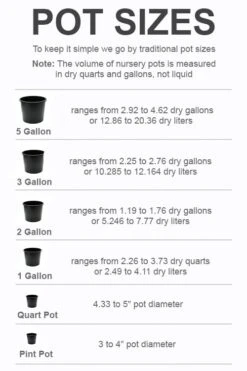



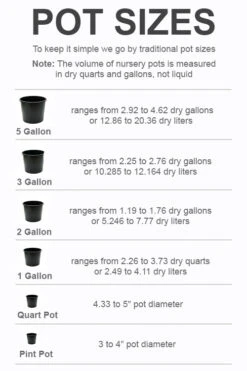


Reviews
There are no reviews yet.